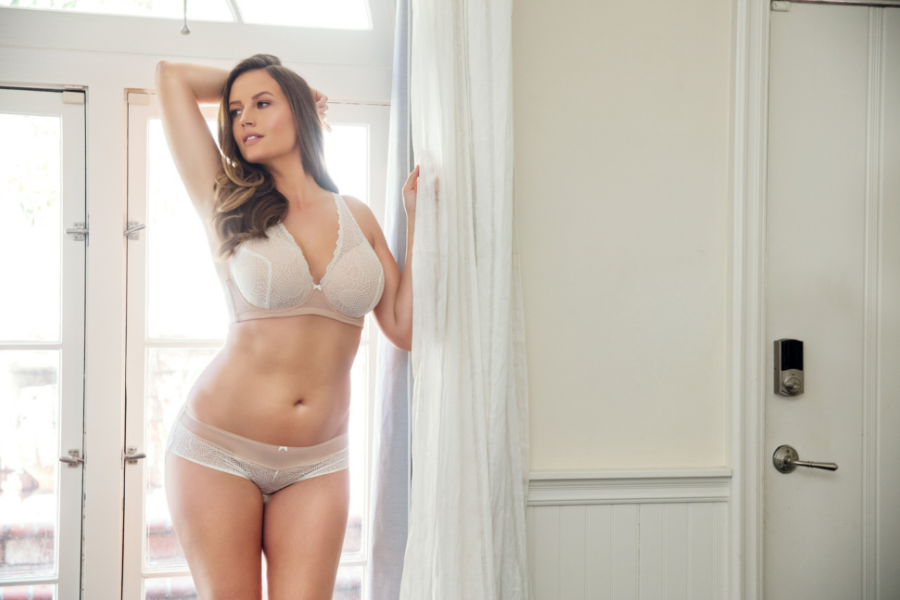What’s The Difference Between A Mammogram And Diagnostic Mammogram?
Have you ever wondered what the difference is between a mammogram and a diagnostic mammogram? Or, maybe why some women get diagnostic mammograms as a regular screening, even though the name says it’s “diagnostic?”
Diagnostic mammograms are used provide a better look breasts that showed an abnormality in the mammogram screening. But not always. To explain the difference between the two screenings, let’s first discuss what a mammogram entails.
What’s a mammogram?
A mammogram is a regular breast health screening for women. The mammogram takes an X-Ray of a woman’s breast to screen for any abnormalities in the breast tissue that could be cancerous. It involves placing the breast between two plates, which compress the breast to perform the X-Ray.
The American Cancer Society (ACS) recommends women of average-risk for breast cancer start receiving annual mammograms at 45 years-old. A mammogram can detect a cancerous tumor in your breast up to two years before the tumor can be felt, according to CancerCare.org, which is why it’s important to get regular mammogram screenings. If cancer is detected in its early stages, it’s must easier for your physician to treat it.
The ACS also reports the entire procedure takes about 20 minutes and the actual breast compression only takes a few seconds.
Now, let’s talk about how a diagnostic mammogram differs from a regular mammogram screening.
What’s a diagnostic mammogram?
A diagnostic mammogram is “used after suspicious results on a screening mammogram or after some signs of breast cancer alert the physician to check the tissue,” according to the National Breast Cancer Foundation, Inc (NBCF).
The foundation states that reasons your physician may request a diagnostic mammogram after the mammogram screening include:
- A lump
- Breast pain
- Changes in breast size or shape
- Nipple discharge
- Thickening of the skin on the breast
The diagnostic mammogram can detect if these symptoms are indicative of breast cancer because it takes a more detailed X-Ray of the breast than the regular mammogram screening.
A diagnostic mammogram typically takes longer than a mammogram. The radiologist administering the screening will take X-Rays of your breasts from more angles and may zoom in on certain areas to get a better look at the tissue.
Related: Why You Should Get Mammograms Regularly
Why do some women get diagnostic mammograms instead of normal mammograms?
The diagnostic mammogram is so detailed in its imaging, which is why it’s also administered in place of a regular mammogram in special cases, such as with patients with breast implants, according to NBCF.
A regular mammogram compression would not effectively show all the breast tissue in women with breast implants. So, taking multiple images of the breast tissue, like in a diagnostic mammogram, helps the radiologist to capture imaging of more breast tissue that would otherwise be hidden by the implant.
Remember
The main difference between a mammogram and diagnostic mammogram is the detailing of the X-Ray images.
A mammogram is a regular breast screening to detect early signs of breast cancer. A diagnostic mammogram takes more detailed images of the breast tissue. A diagnostic mammogram typically takes place after a physician finds potential signs of breast cancer in the initial mammogram. However, in some cases, a diagnostic mammogram may be administered in place of a regular mammogram to ensure more breast tissue is seen in the X-Rays.
Related: When Should You Start Getting Breast Screenings?






